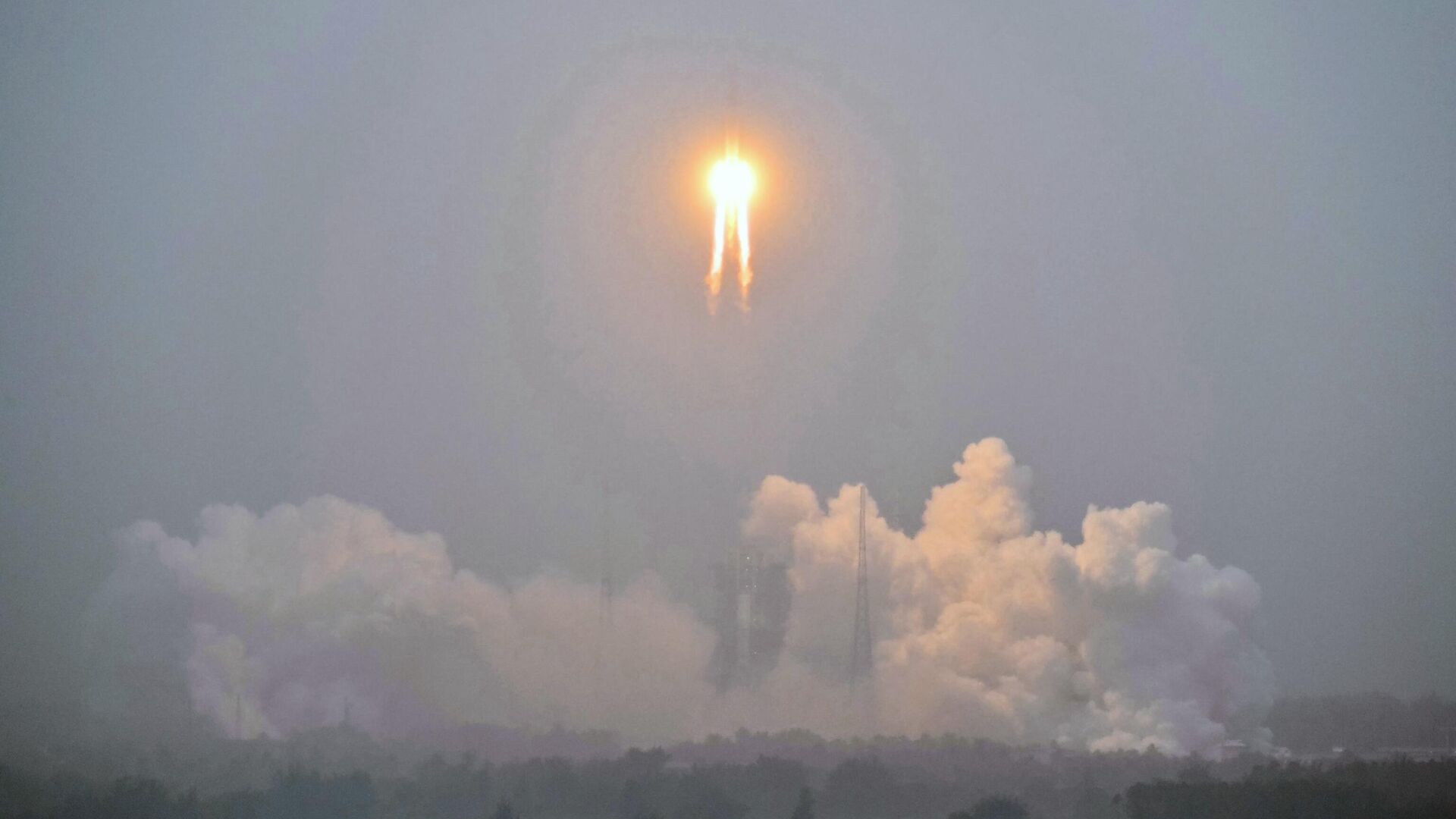
WENCHANG (China), May 3. The Long March 5 Y8 launch vehicle successfully launched the Chang'e-6 lunar probe into the Earth-Moon transfer orbit on Friday, the rocket's mission was declared successful, the China National Space Administration reported.
The correspondent previously reported, that the Long March 5 Y8 rocket launched on Friday from the Wenchang Satellite Launch Center on Hainan Island according to schedule at 17.27 local time (12.27 Moscow time). If the mission is successful, the Chang'e-6 spacecraft will deliver soil from the far side of the Moon to Earth for the first time in human history.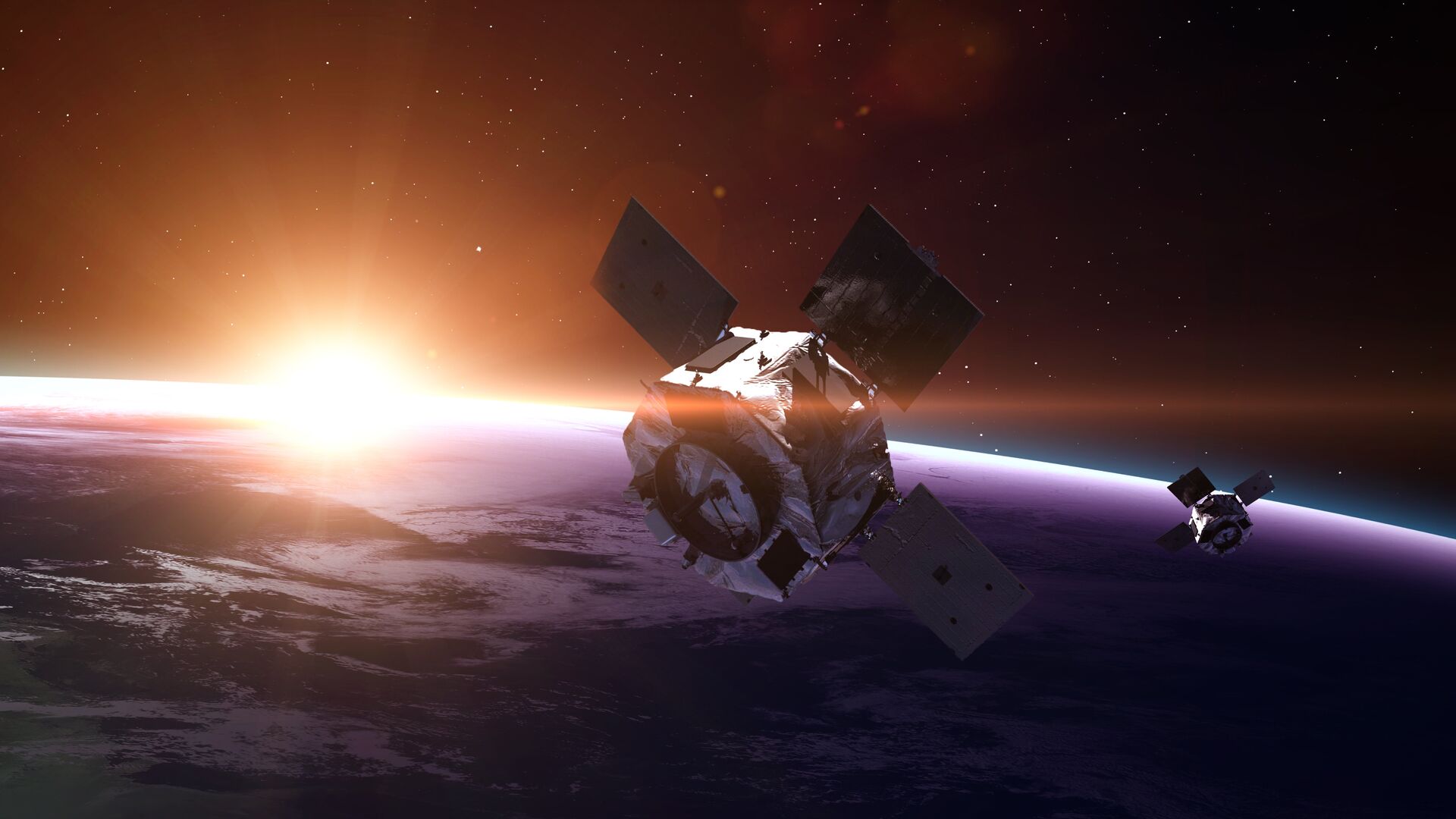
“The Long March 5 Y8 launch vehicle successfully launched the Chang'e-6 probe from the Wenchang Satellite Launch Center on May 3 at 5:27 p.m., and the probe accurately entered the Earth-Moon transfer orbit. The launch was considered successful,” the department said in a statement.
It is noted that approximately 37 minutes after launch, the Chang'e-6 probe separated from the rocket and accurately headed for the specified Earth-Moon transfer orbit with a perigee of 200 kilometers and an apogee of about 380 thousand kilometers.< br />This was already the 519th launch for the Long March launch vehicles, and the tenth launch for the Long March-5 heavy rockets.
According to the plan released by the China National Space Administration, the entire mission, during which it is planned to return about 2 kilograms of soil samples to Earth, will last 53 days.
Chang'e-6 consists of an orbital module, a return module, a lander and a module For take-off, the probe is equipped with a payload including a landing camera, a panoramic camera, a spectral mineral analysis instrument and an instrument for analyzing the structure of lunar soil.
However, Chang'e-6 is equipped with an international payload , in particular, the French DORN detector for measuring the concentration of radon gas and its decay products on the surface of the Earth's natural satellite, the NILS negative ion analyzer from the European Space Agency, the Italian laser corner reflector and the Pakistani ICUBE-Q satellite.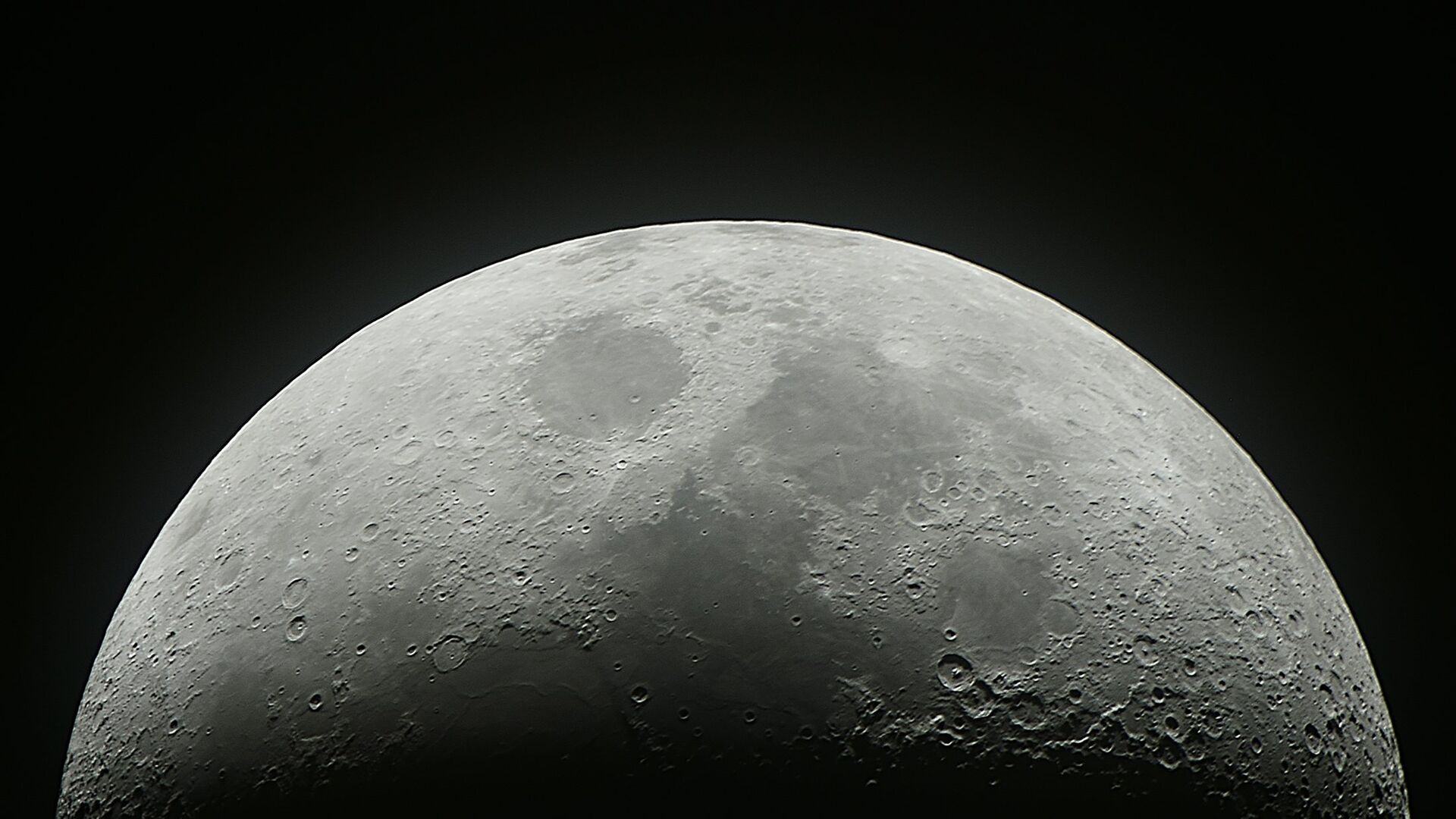

















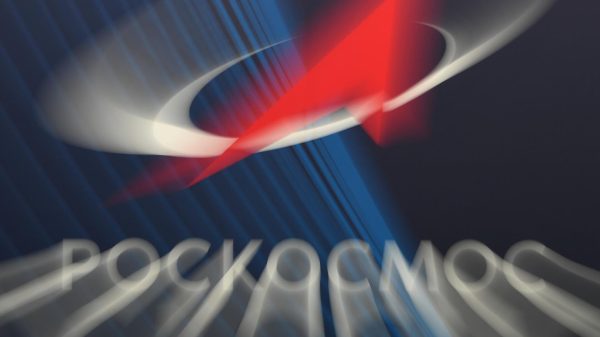
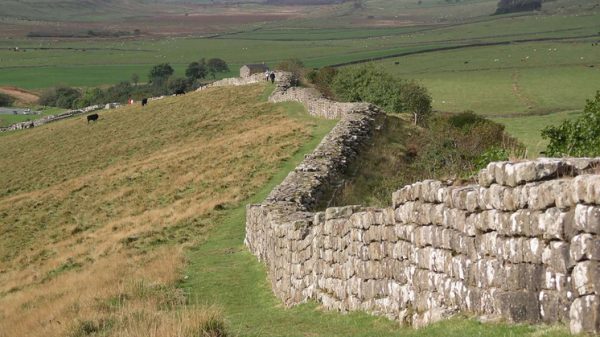













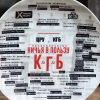



















Свежие комментарии